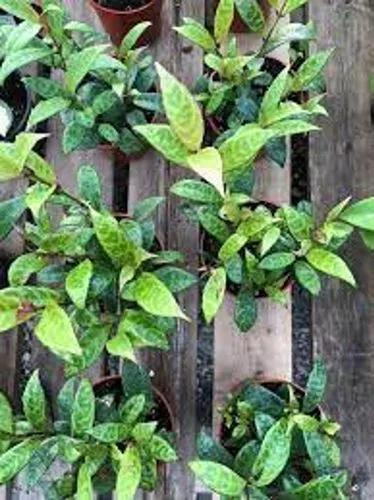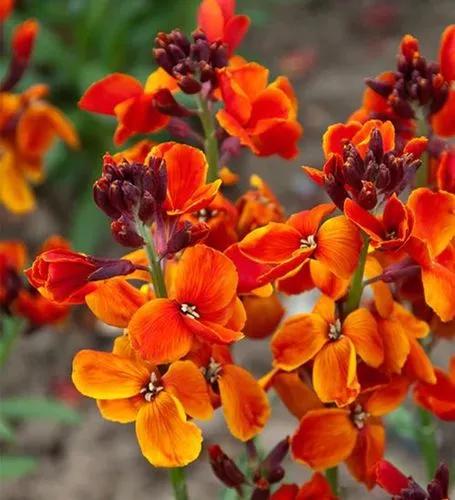Heliconia species grow as large, evergreen , perennial herbaceous plants . They usually form short-branched, rarely runners-forming rhizomes that store starch. Usually only an unbranched "pseudostem" is formed, which emerges from the overlapping leaf sheaths. The aboveground parts of the plant are often hairy. The foliage leaves , mostly alternate and two-lined, arranged only at the base or also distributed on the stem, branch off parallel from the median nerve and are differentiated into leaf sheath, petiole and leaf blade; in some species no petiole is recognizable. At the end of each "pseudostem" a very large, decorative, racemose entire inflorescence is formed, which is composed of several monochasic zymous , few to many-flowered partial inflorescences . There are types with hanging and those with upright inflorescences. The most attractive are the flashy colored spoon-shaped bracts (bracts), which can be up to 2 meters long. There are keeled cover sheets. The hermaphrodite flowers are zygomorphic and threefold. All six bracts are fused tubular at their base. The three sepals and two petals are still fused above this flower tube. A petal is also free at the base. There are five fertile stamens and a scaly staminodium per flower . The fertile stamens are fused with the basal tube. Three carpels have become an under constant ovary grown into an ovule per ovary chamber. There are septal nectaries . The elongated, thin style ends in a cephalic or three- or rarely two-lobed stigma. The flowers of the bird-pollinated species are very rich in nectar and sometimes fragrant.
Heliconia Farinosa Care
Heliconia Farinosa
Other names: Dwarf Jamaican Heliconia



How to Care for the Plant

Water

Heliconias prefer consistently moist soil, never boggy, but never allowed to completely dry out. This is a much easier feat in the heat of the summer where you’d naturally be watering potted plants almost daily. Indoors, take precaution to not overwater, as this will cause the roots to rot. Always hold back the water a bit in the wintertime, and this rings true with all plants that see their growth in the spring and summer.

Pruning

Always remove spent leaves. That’s the only pruning necessary.

Fertilizer

Use a slow-release fertilizer to feed your Heliconia, every two months during the spring and summer growing season.

Sunlight

Mostly Shade

Popularity

44 people already have this plant 7 people have added this plant to their wishlists
Discover more plants with the list below
Popular articles






